There’s something about growing up in the 1980s that feels like we were part of a secret club. While today’s kids might look at us like we’re describing life on another planet, those quirky habits and makeshift solutions were just our everyday normal. From technological workarounds to fashion choices that make us cringe in old photos, the ’80s were a special time when inconvenience was just part of the charm. Here’s a nostalgic trip back to the habits that defined our youth—things we never questioned until they suddenly became obsolete.
1. Recording Songs Off the Radio with Your Finger on the Record Button
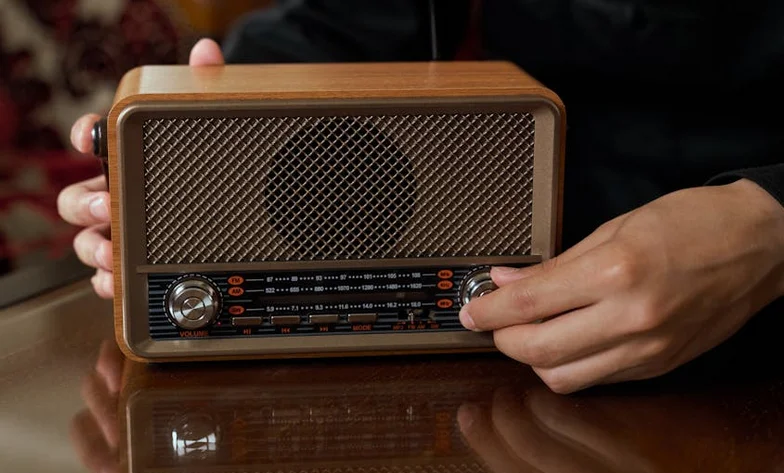
The thrill of hearing the DJ announce your favorite song was about to play sent you lunging across the room, finger poised over your boombox’s record button like a gunslinger at high noon. You’d developed lightning reflexes to capture those precious opening notes, though you usually still caught the DJ talking over the intro. The real skill was hitting stop before the commercials started or the DJ jumped back in, turning mixtape creation into an art form that required patience, timing, and luck. Digital Public Library of America also puts into perspective the scope of how revolutionary the radio was in all areas of life.
Those homemade cassettes became personal treasures, even with all their imperfections—the truncated endings, the siblings shouting in the background, and the occasional phone ring picked up by the microphone. Nothing matched the satisfaction of flipping through your labeled cassette collection filled with songs you’d “owned” without spending a dime, each tape representing hours of dedicated radio vigilance and perfectly timed button-pressing. In today’s world of instant streaming, it’s impossible to explain the emotional investment we had in these audio captures or why we tolerated our favorite chorus being interrupted by a DJ reminding us we were “listening to the MORNING ZOO on Z103!”
2. Blowing into Video Game Cartridges to “Fix” Them
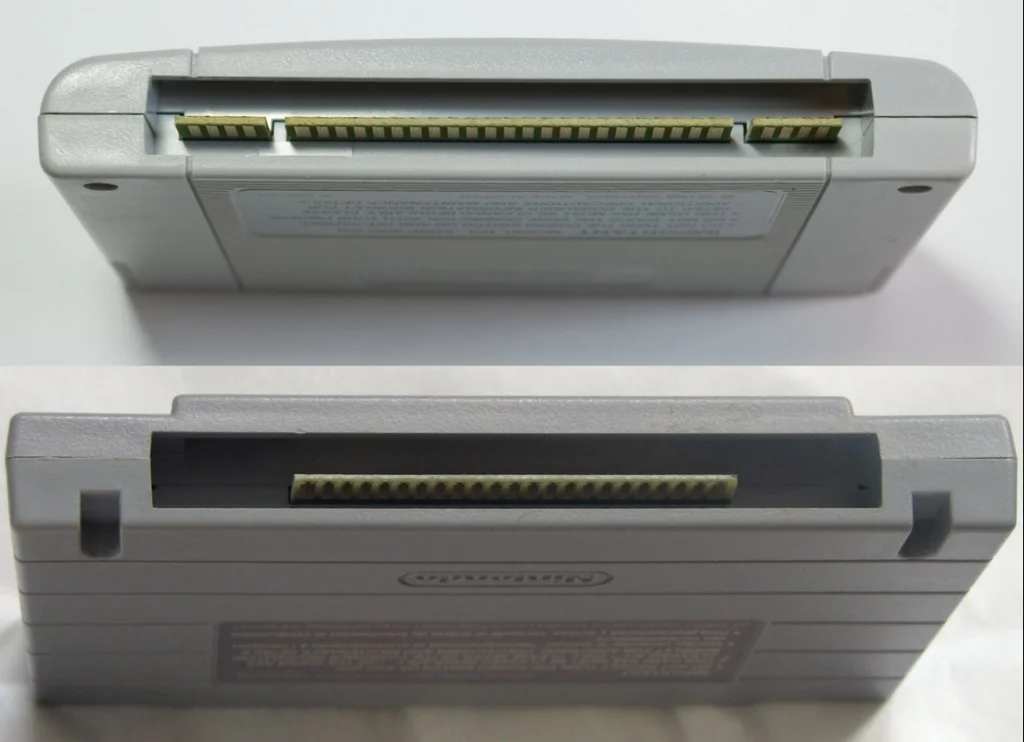
When your Nintendo game showed nothing but a glitchy screen or wouldn’t load at all, every kid instinctively knew the universal troubleshooting technique: take out the cartridge, blow forcefully into the bottom edge, and reinsert it with a satisfying click. Nobody questioned why this worked (and Nintendo actually warned against it), but we all swore by this magical fix that seemed to clear whatever mysterious digital gunk was causing the problem. Geek Wire doesn’t have much faith in this mythological habit, so it’s worth knowing the literature on how effective it is or is not.
The ritual often extended to more elaborate variations—blowing at different angles, tapping the cartridge on your palm, or inserting and removing it exactly three times for good luck. The fact that it seemed to work just often enough reinforced our belief in this bit of kid science, creating a generation that believed respiratory power could overcome electronic failures. It’s a testament to how we normalized inconvenience that nobody questioned why a brand-new entertainment system required such regular maintenance from our lungs.
3. Calling Someone’s House and Having to Talk to Their Parents First
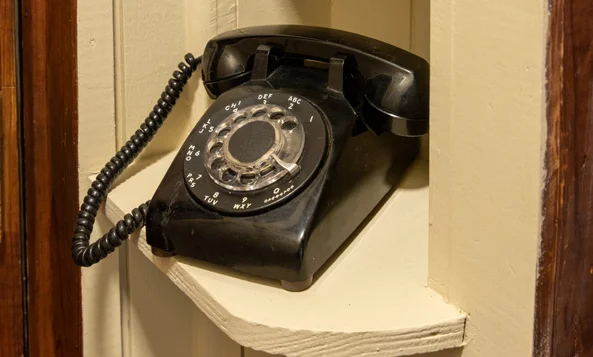
Calling a friend meant navigating the gauntlet of their family’s shared phone line, usually resulting in an awkward conversation with their mom, dad, or annoyed sibling before you could actually speak to the person you wanted. This screening process was an unavoidable social checkpoint, complete with mandatory pleasantries and the occasional interrogation about school, family, or your intentions for the call. Mental Floss has additional tips for house guests that dates back even further and yet hold sup just as well.
The shared family phone created an entire protocol of phone etiquette, from keeping calls reasonably short (because someone else might be expecting a call) to the dreaded moment when someone else in the house would pick up an extension and ask how much longer you’d be. The lack of privacy meant developing coded language with friends for sensitive topics and keeping conversations superficial until you could meet in person—communicating “call me back later” without actually saying it was a skill developed through necessity and survival instinct.
4. Writing Down Directions on Paper Before Going Somewhere New

Before GPS became our constant companion, traveling somewhere new required advance planning and physical documentation. You’d call ahead to get directions, frantically scribbling notes like “left at the gas station with the big cow statue” or “if you reach the Dunkin’ Donuts, you’ve gone too far.” These handwritten navigation aids—often on the backs of envelopes or torn notebook paper—became critical documents that you’d study before departure and then balance on your knee while driving.
The stress of missing a turn was real—there was no recalculating route, just the sinking feeling that you were now officially lost and would need to find a pay phone to call for revised directions. Even more stressful was giving directions over the phone, trying to remember landmarks that would be visible from someone else’s perspective and worrying whether you’d forgotten to mention that tricky fork in the road. The confidence with which we now navigate to obscure locations without a second thought would have seemed like pure science fiction to our ’80s selves.
5. Rewinding VHS Tapes Before Returning Them to the Video Store
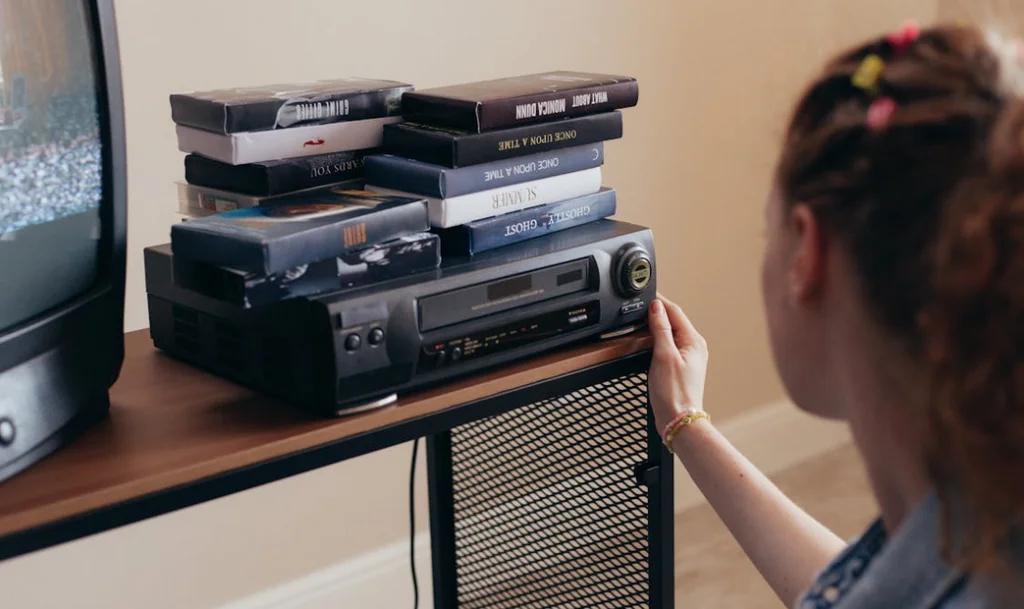
The dreaded “BE KIND, REWIND” sticker on rental tapes served as both instruction and moral imperative in video stores across America. Failing to rewind a tape before returning it wasn’t just inconvenient for the next renter—it signaled to the entire video store staff that you were inconsiderate and poorly raised. Many stores even charged a rewind fee for this social faux pas, making the high-pitched whirring of the VCR’s rewind function a sound of virtue and responsibility.
The time pressure of rewinding added an extra dimension to returns—that last-minute panic when you realized the credits were still rolling and you needed to leave for the video store immediately to avoid late fees. Some households invested in dedicated rewinding devices shaped like sports cars or other novelties, which somehow made the chore slightly more entertaining while supposedly reducing wear on your VCR’s motors. When DVDs finally eliminated this ritual, it felt like a small miracle—though many of us still instinctively reached for a rewind button the first few times we used them.
6. Manually Rolling Down Car Windows With That Plastic Crank Handle
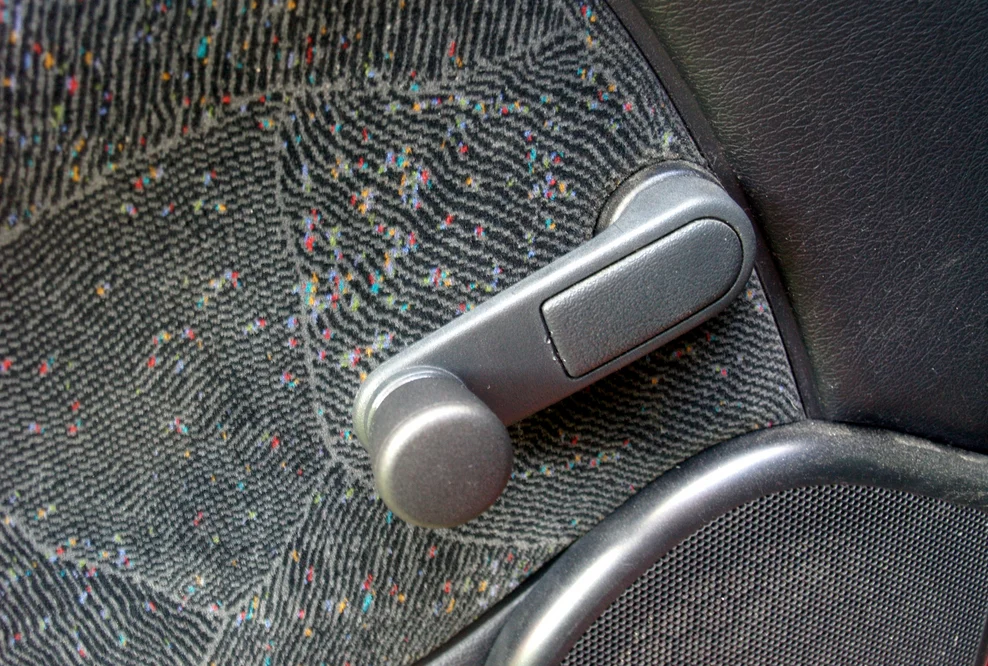
On hot summer days, the arrival at your destination often triggered a synchronized arm-cranking exercise as everyone in the car raced to roll down their windows for ventilation. The manual window crank—a plastic handle you’d rotate like you were winding an old-fashioned toy—required significant elbow grease, especially if your car’s mechanisms were aging and stiff.
The driver held special power over the passenger experience, being the only one who could control all four windows—the classic parent move of cracking the windows just one inch during stifling heat was met with groans from kids in the back seat. The physical workout required for climate control seems absurd now, but back then, the burning arm sensation after rapidly cranking down a stubborn window was just part of the summer driving experience. Today’s children pressing an effortless button to glide windows up and down will never know the peculiar satisfaction of that final crank that meant the window was fully lowered.
7. Making Plans Days in Advance and Actually Sticking to Them

Without cell phones, spontaneous changes of plans weren’t an option, creating a commitment culture that’s nearly extinct today. If you agreed to meet your friends at the mall food court at 2 PM on Saturday, you showed up—because there was no way to let anyone know if you were running late or had changed your mind. The designated meeting spot and time was sacred, often planned days in advance during school and executed with surprising precision by teenagers otherwise incapable of remembering homework assignments.
This rigid scheduling created genuine consequences for tardiness—being fifteen minutes late meant frantically searching the agreed-upon location, wondering if your friends had given up and left, or if you’d somehow misunderstood the plan entirely. Friend groups often had predetermined backup plans for failed connections: “If we miss each other at the main entrance, we’ll check the arcade at 2:30.” The reliability born from this communication scarcity seems quaint now, but there was something meaningful about the effort invested in showing up when and where you said you would.
8. Physically Cutting Photos to Fit Into Your Wallet
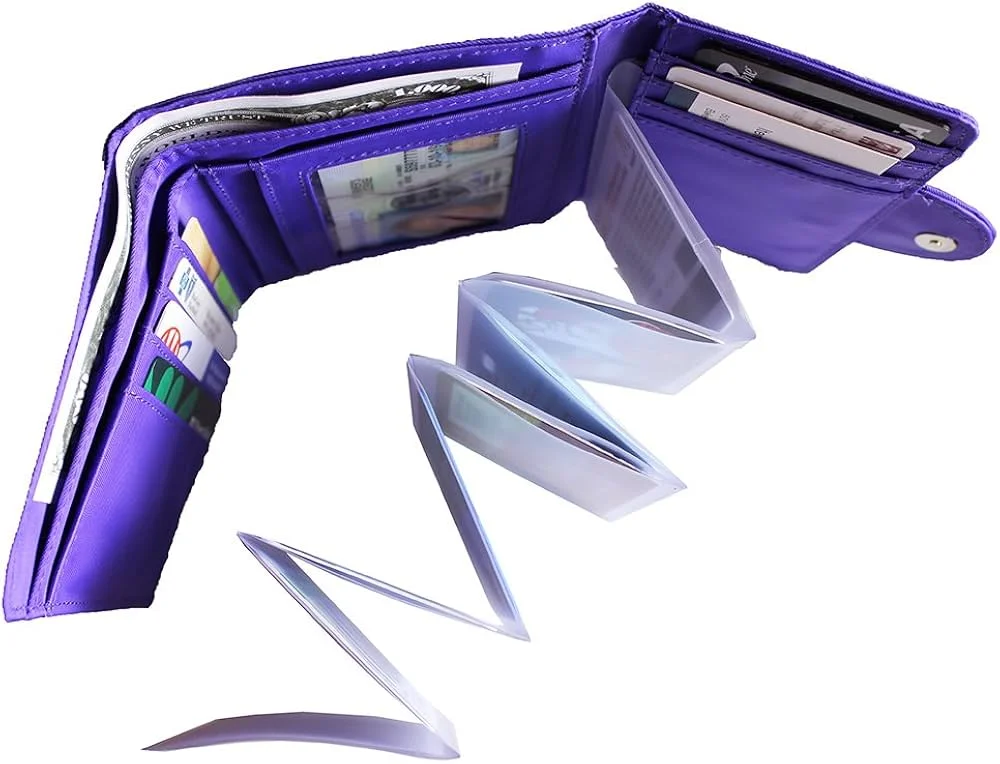
Before digital photo galleries, keeping pictures of friends and loved ones meant carefully trimming physical photographs to fit the plastic sleeves in your wallet. This delicate surgery required precision with scissors, usually resulting in oddly cropped images where someone’s head was partially missing but their torso was perfectly preserved—sacrifices made to ensure your photo collection remained portable.
The wallet photo selection process was surprisingly significant—choosing which friends or family members deserved the limited real estate in your Velcro wallet was a statement about your priorities and relationships. The photos themselves would gradually fade and crease along fold lines, creating a physical record of how often you’d opened that section of your wallet. When a relationship status changed, the ritual removal and replacement of photos marked the emotional transition far more concretely than today’s simple profile picture updates—there was something final about physically cutting someone out of your wallet that a digital unfollow can’t replicate.
9. Licking and Sticking Stamps and Envelopes For Bill Payments

The monthly ritual of paying bills required a dedicated evening session at the kitchen table, armed with a checkbook, return envelopes, stamps, and usually a glass of water for the inevitable dry mouth that came from licking adhesives. The process had its own sequence—write the check, tear it carefully along the perforation, record the payment in your check register, fold and insert it into the pre-addressed envelope, seal it with a lick, apply a stamp (or two), and finally walk everything out to the mailbox.
The timing of this ritual was crucial—bills had to be mailed days before the due date to account for postal transit time, creating a mental calendar of payment windows that occupied valuable brain space. The taste of envelope glue was a universally recognized unpleasant experience, yet we accepted it as the price of financial responsibility, occasionally rewarding ourselves for completing the task by licking the stamp upside down as a tiny act of rebellion against bill-paying conformity. Today’s world of automatic payments and banking apps has eliminated not only the taste of glue but also the tangible sense of having actively settled your debts.
10. Memorizing Phone Numbers for Everyone Important in Your Life
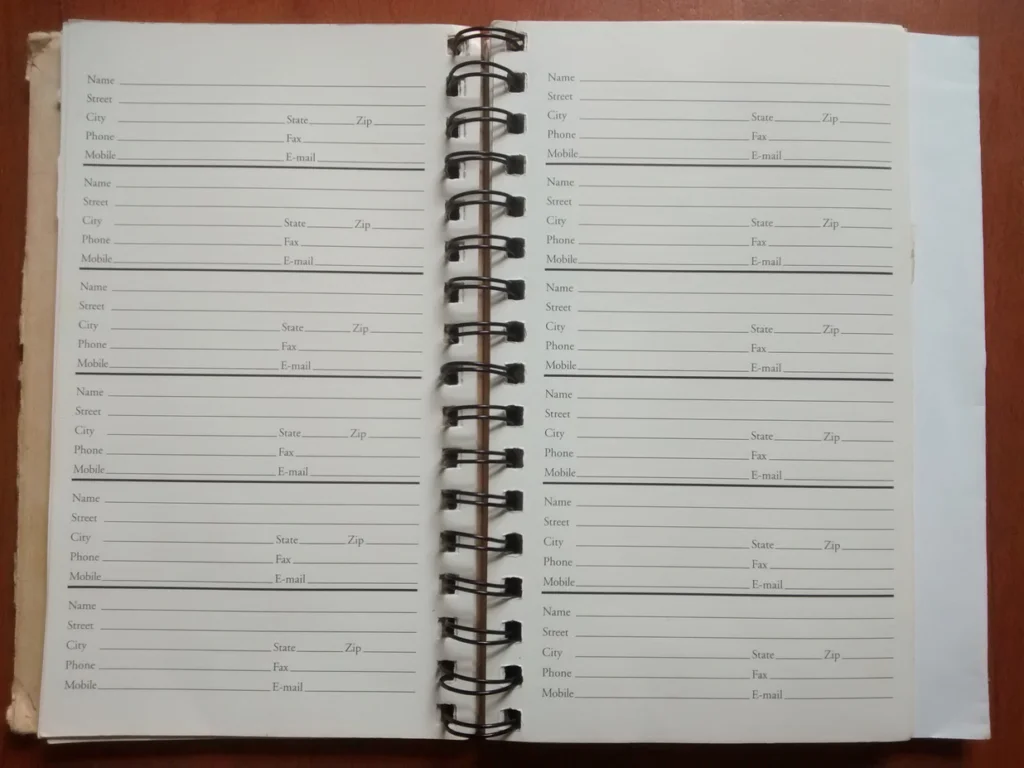
Your mental Rolodex included at least a dozen phone numbers committed to permanent memory—your home, your best friends, your grandparents, the local pizza place, and maybe even your crush’s house. These strings of seven digits (plus area code for long-distance numbers) occupied brain real estate that today’s smartphone users dedicate to more ephemeral information, like Instagram handles and Wi-Fi passwords.
The hierarchy of number memorization revealed your social priorities—knowing someone’s number by heart was a sign of genuine connection. Particularly important numbers developed a rhythm when dialed, your fingers dancing across the keypad in musical patterns that became muscle memory. The rare occasion when you needed to call someone whose number you hadn’t memorized meant searching through a physical address book or frantically calling mutual friends who might have it. When pagers became popular, the additional step of adding a special code to identify yourself (like “143” for “I love you”) created yet another numerical system to memorize in our already crowded mental contact lists.
11. Adjusting TV Antennas for Better Reception

The family TV technician (usually Dad or the youngest child with the most patience) would perform the delicate dance of antenna adjustment, following directions from the rest of the family watching the fuzzy screen: “Little more to the left… too far! Go back right… now hold it right there!” This performance often required contorting your body to hold the aluminum foil-enhanced rabbit ears in some physically unsustainable position while everyone else enjoyed the momentarily clear picture.
The sweet spot for reception seemed to defy the laws of physics—shifting the antenna just millimeters could transform a snowy screen into perfect clarity or plunge it into static oblivion. Weather conditions added another variable, with cloudy days requiring entirely different antenna configurations than clear ones. Special events like the Olympics or a season finale might warrant elaborate antenna enhancements—wire coat hangers, aluminum foil hats, or precisely positioned chairs that mysteriously improved signal strength. We accepted this finicky technology without complaint, considering good reception something to be earned through skill and perseverance rather than an automatic expectation.
12. Using Paper Maps That You Could Never Refold Correctly
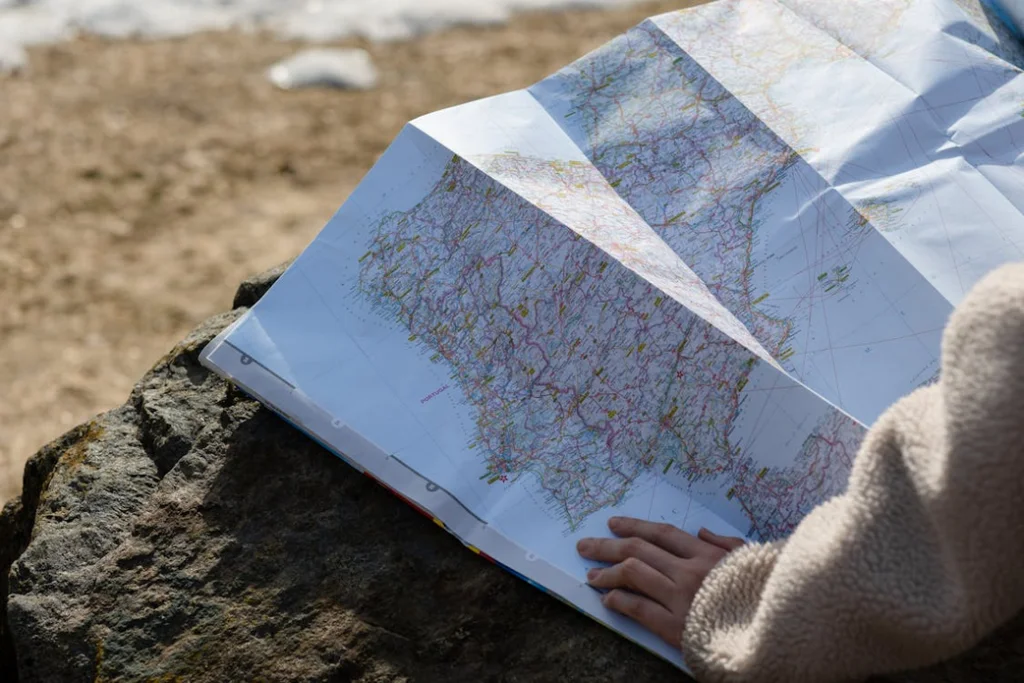
The family road trip navigator wielded enormous responsibility, armed with a map that, once unfolded to its full billboard-like dimensions, would never again return to its original compact form. These unwieldy navigational aids required significant spatial awareness and the ability to locate your position without any blinking “you are here” indicator—a skill set rendered nearly obsolete by today’s GPS technology.
The true challenge came at intermediate stops, when the navigator would attempt to refold the map along its original creases, an exercise in futility that usually ended with an oddly-shaped paper lump stuffed into the glove compartment. The incorrectly folded map meant that the next time you needed guidance, you’d unfold it to discover your current location was now awkwardly positioned across a major fold, rendering street names illegible precisely where you needed them most. Yet there was something empowering about successfully navigating across state lines with nothing but paper guidance—map reading was considered an essential life skill rather than the novelty hobby it’s become today.
Looking back on these everyday habits from the ’80s reveals how much our definition of “normal” has shifted in just a few decades. What we once accepted as routine now seems almost comically inconvenient, yet there’s a nostalgia for the tangible, physical nature of these experiences. While technology has streamlined our lives in countless ways, something has been lost in the transition—perhaps the satisfaction that came from mastering these small challenges or the shared understanding that some things just required patience and effort. Our ’80s habits may seem quaint to younger generations, but they shaped our approach to problem-solving and created shared experiences that still bind us together in our remembering. Maybe that’s why we can’t help smiling when we think about the days when fast-forwarding through commercials required perfect timing with your thumb on a physical button.


